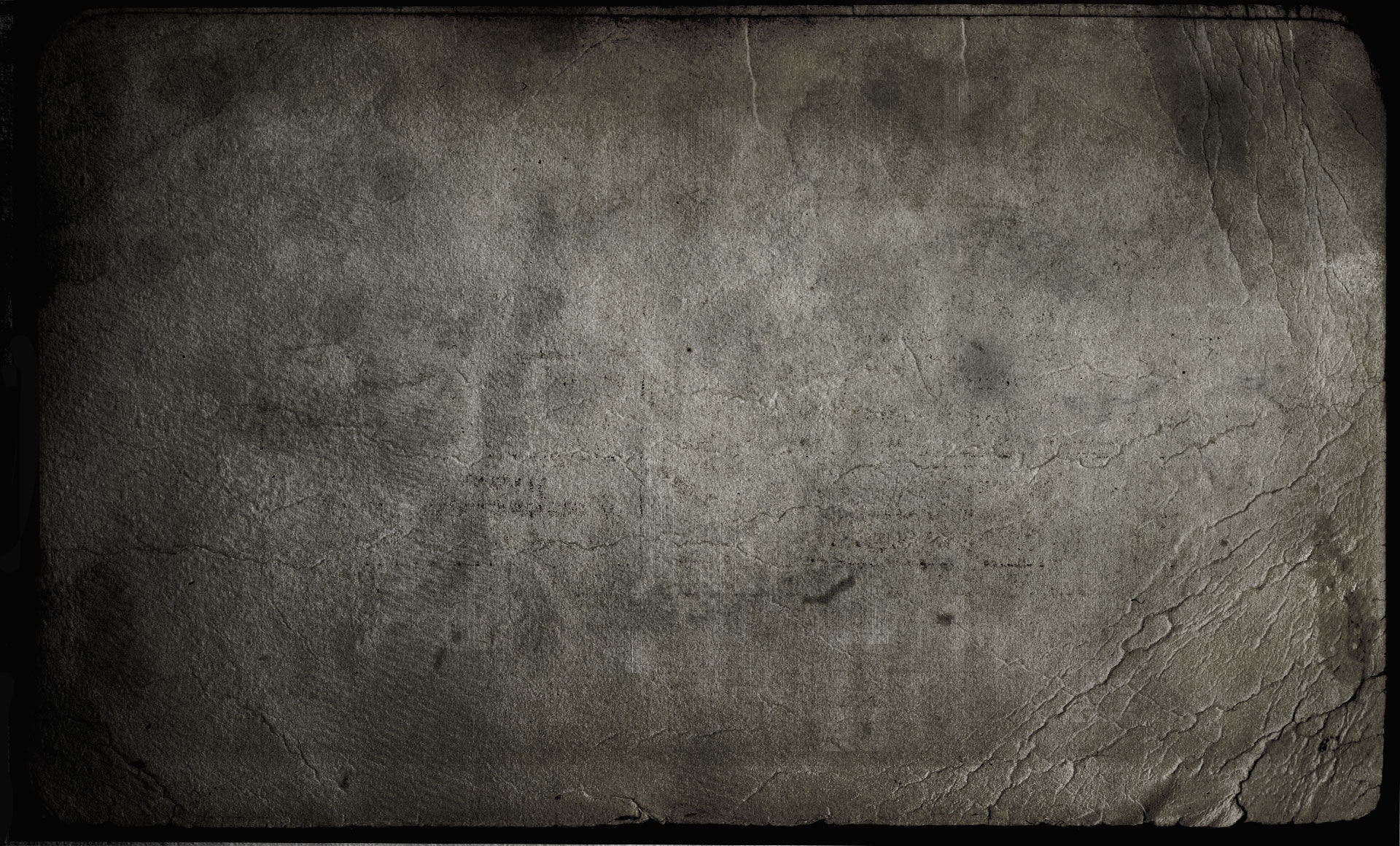Tangerine Dream Ricochet (1975)
- Sylvain Lupari

- Jun 24, 2002
- 4 min read
Updated: Nov 10, 2023
“What has built the legend around Tangerine Dream was without a doubt the concerts they performed in the years 74 to 77”

1 Ricochet Pt. 1 (17:03)
2 Ricochet Pt. 2 (21:11)
CD Virgin 90932-2
(CD 38:14) (V.F.)
(Berlin School)
What has built the legend around Tangerine Dream was without a doubt the concerts they performed in the years 74 to 77. The era of Peter Baumann! There was a world of difference between hearing an album in our living-room and seeing the German trio on stage. More sober in studio, Baumann, Franke and Froese used to rock down the house during their concerts. A feat if we consider the fragility and instability of the equipment of the time. This observation led the German trio to create pure electronic music (EM) with an experimental edge which was guided under the impulse of the moment, under the seal of improvisation. From those years, until the arrival of the Internet, a lot of pirate recordings (so-called bootlegs) were made, including the famous concert at Reims Cathedral in 74 (concert which even heated the back of some Vatican dignitaries) and the prestigious concert at the Royal Albert Hall in '75 which gave the excellent bootleg Ruby in the Sky. Extremely popular in France and England, RICOCHET was made just during the concerts given in churches and other in those countries during the 75 summer tour. Two long parts make up this great improvised electronic Mass. In front of the fragile instability of the instruments, it was necessary to reprogram the synths, sequencers and mellotron at each new place. So, from city to city, Tangerine Dream improvised from a targeted nucleus hoping to return to the main idea.
Ricochet Pt. 1, like Ricochet Pt. 2, starts very slowly. If a light piano is opening the way to Ricochet Pt. 2, here it's a more atmospheric intro that is heard. An elongated wave of reverberations follows the applause fed by creating points of static impulses. The resonances that come out filter an unfinished melody that pulses on percussions that sparkle like burning dragonflies. A rhythm emerges from this introduction of nebulosity, structuring a slow flow of progressive rock molded by a bass line that goes up and down its flow while supporting a kind of electronic percussions solo. Synth layers cover these metal beats, and other samples of manual percussions, as well as the quiet riffs of Edgar Froese's guitar. I have a sound image of Iron Butterfly and In a Gadda da Vida here. The rhythm is slow, hovering with percussions that sound very Pink Floyd while the synth, instrument forgotten in the scenery, multiplies its breaths of philharmonic trumpets while restoring its dose of astral mist. The first phase of Ricochet Pt. 1 is going quietly towards a more psychedelic haunt with its indecipherable industrial murmur effects. The title explodes then with a vicious flight of the sequencer and its itinerant wave line which is pecked by percussions which drum to the same pace under the strata of Edgar's six-strings and finally these chants of the synth's spectra's effects. We are not far from Stratosfear and Phaedra, without being there. Ricochet Pt. 1 is simply furious and for the time was a pure stroke of genius!
And Ricochet Pt. 2 is not outdone! A noble piano, followed by the mellotron and its vaporous flute charms, are dignitaries of an introduction that brings us to dreams. A synth follows not far. He is in the background and follows the harmonious curve of the mellotron whose last steamy line of a note ends up with a sharp wave. This is where the legendary shimmer of the sequencer weaves the broth of silvery rhythm which gives the go to Ricochet Pt. 2 to rock. A bass line, percussions and this sequenced melody are all making din and harmony too in a rhythmic curve wrapped in the soft symphonic rays of the synthesizer and its heavenly trumpet tunes. The rhythm here is more pronounced with several lines that echo and oversize an ascending structure that explodes as much on the bass sequences as the clatter of percussive effects. Layers of distant voices and synth solos that stand out from the astral layers create a hallucinating setting for an album of floating rock, such as was described RICOCHET. A duel between Edgar's guitar and Peter Baumann's synth lights up even more ambiences that also deviate to a more ambiospheric phase where samplings of voices and of percussions switch up a passage of psychedelic madness. Memories of the first moments awaken Ricochet Pt. 2 for another time and plunges now into another phase of rhythmic delirium sequenced which is jerkier and where the ambiances of the guitar and this shimmering chant reminds us that EM is far from being just something cold and without ingenuity. It's indeed an art that can be extremely attractive and convincing in the hands of creative artists who want to push the limits ever further. Like Tangerine Dream!

Unmissable monument in the discography of Tangerine Dream, RICOCHET demonstrates all the very lively progressive rock side of the German trio. It's a feast of EM that reflects the creativity of Edgar Froese, Chris Franke and Peter Baumann which, nearly 40 years later, still has all its nobility.
Sylvain Lupari (2006 et 2015) *****




Comments